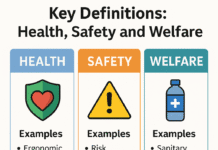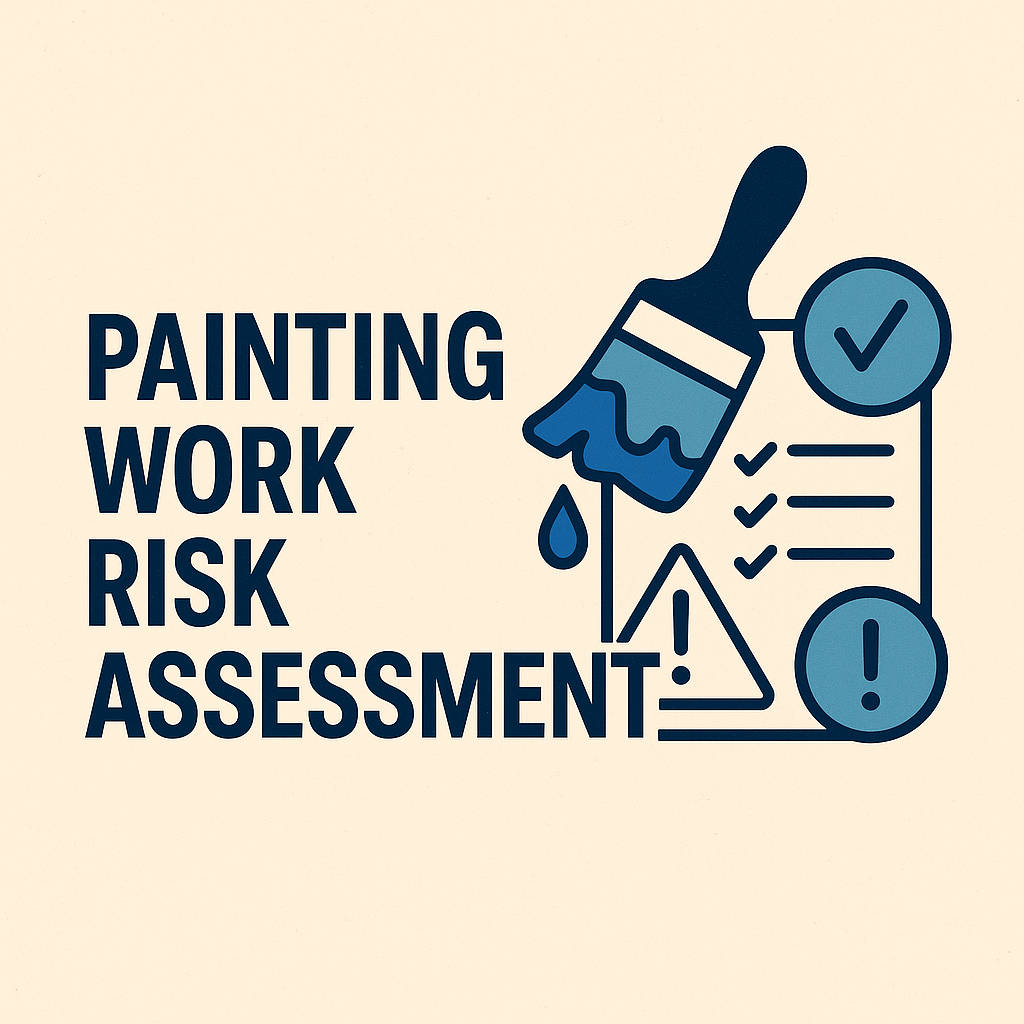
How to Do Hand-Arm Vibration Measurement
Introduction
Hand-arm vibration measurement is a critical process used to assess and control the exposure of workers to harmful vibrations generated by hand-held power tools and machines. The accurate measurement of hand-arm vibration is essential to ensure the safety and well-being of workers in various industries. In this comprehensive guide, we will walk you through the process of hand-arm vibration measurement, providing insights and tips to keep your workforce protected.
Understanding Hand-Arm Vibration
What is Hand-Arm Vibration?
Hand-arm vibration refers to the oscillations or movements transmitted from vibrating machinery or tools to the hands and arms of workers. Prolonged exposure to these vibrations can lead to health issues, such as Hand-Arm Vibration Syndrome (HAVS) and Carpal Tunnel Syndrome (CTS).
The Importance of Measurement
Accurate measurement of hand-arm vibration is essential to identify potential risks and establish protective measures. This measurement helps employers adhere to safety regulations and ensures that workers are not exposed to harmful levels of vibration.
Types of Hand-Arm Vibration Measurement
Real-Time Monitoring
Real-time monitoring involves the use of specialized instruments to measure vibration levels directly from the equipment while it’s in use. This provides immediate feedback on exposure levels.
Personal Exposure Assessment
Personal exposure assessment requires measuring vibration levels at the point where the hands and arms of workers come into contact with the equipment. This approach offers a more accurate representation of the actual exposure workers experience.
Daily Exposure Action Value (EAV) and Exposure Limit Value (ELV)
Understanding the concept of EAV and ELV is crucial. EAV is a threshold that, if exceeded, necessitates action to control exposure, while ELV represents the highest acceptable level of exposure.
Steps for Hand-Arm Vibration Measurement
Step 1: Choose the Right Equipment
Select suitable vibration measurement tools, such as accelerometers and data loggers, to gather accurate data.
Step 2: Instrument Calibration
Calibrate your measurement instruments to ensure precise readings.
Step 3: Secure the Sensor
Attach the accelerometer or sensor to the equipment, ensuring it’s firmly in place.
Step 4: Start the Measurement
Record vibration levels while the tool is in operation, paying close attention to the duration of use.
Step 5: Calculate Exposure Levels
Use the recorded data to calculate the daily exposure levels, comparing them to EAV and ELV thresholds.
Step 6: Implement Control Measures
If exposure levels exceed EAV or ELV, take immediate action to reduce risks. This may involve changing equipment or implementing engineering controls.
Scenario:
You work as a safety officer in a manufacturing company that produces hand-held power tools. Your company is concerned about the health and well-being of the employees who use these tools regularly. To address this concern, you are tasked with conducting hand-arm vibration measurements to ensure that the exposure levels are within acceptable limits.
Example:
Let’s say your company produces high-frequency power drills used in construction and manufacturing. These tools vibrate during operation, which can potentially expose workers to hand-arm vibration.
Step 1: Choose the Right Equipment
You start by selecting suitable vibration measurement equipment. In this scenario, you opt for a high-precision accelerometer designed for measuring vibrations in power tools. It’s important to ensure that the equipment is appropriate for the type of machinery being used.
Step 2: Instrument Calibration
Before starting the measurement, you calibrate the accelerometer to ensure accurate readings. Calibration is essential to eliminate any potential errors in measurement and ensure that the instrument is providing precise data.
Step 3: Secure the Sensor
You carefully attach the accelerometer to the power drill, ensuring that it is securely fastened to the part of the tool that comes into contact with the operator’s hand and arm. The sensor needs to remain firmly in place to provide reliable data.
Step 4: Start the Measurement
With the accelerometer in place, you start recording vibration levels while the power drill is in operation. You take into account the various types of operations and the different power levels the tool is used at during a typical workday.
Step 5: Calculate Exposure Levels
After collecting data, you use specialized software to analyze the measurements. You calculate the daily exposure levels for workers based on the recorded data. This includes the duration and intensity of vibration exposure throughout the work shift.
Step 6: Implement Control Measures
Upon reviewing the results, you notice that the exposure levels are close to or exceed the Exposure Action Value (EAV). This means that you need to take immediate action to reduce the risk of health issues among your workers. You might decide to implement control measures like providing anti-vibration gloves and earmarking funds for the replacement of older, high-vibration drills with newer, low-vibration models. These actions will help to bring the exposure levels within acceptable limits and protect your workers’ health.
In this scenario, by following the steps for hand-arm vibration measurement, you’ve identified a potential risk and taken measures to protect your employees, demonstrating your commitment to their safety and well-being.
Tips for Accurate Measurement
Maintain Regular Maintenance
Regularly inspect and maintain your measurement equipment to ensure accurate results.
Train Personnel
Properly train employees to use the measurement tools, ensuring consistent and reliable data.
Record Keeping
Keep detailed records of measurements, which can be essential for compliance and trend analysis.
Consult Experts
In complex cases, consult with experts in industrial hygiene and vibration analysis to ensure the most accurate results.
Conclusion
Hand-arm vibration measurement is a crucial aspect of workplace safety, especially in industries that rely on hand-held power tools and machines. Accurate measurement allows employers to protect their workforce from the harmful effects of prolonged exposure to vibrations. By following the steps and tips outlined in this guide, you can ensure a safer and healthier working environment.
Hand-Arm Vibration Risk Assessment
Vibration Hazards and Control Measures
Frequently Asked Questions
1. Why is hand-arm vibration measurement important?
Hand-arm vibration measurement is vital to protect workers from the adverse effects of prolonged exposure to vibrations, which can lead to health issues.
2. What is Hand-Arm Vibration Syndrome (HAVS)?
HAVS is a condition caused by prolonged exposure to hand-arm vibration, leading to symptoms like numbness and loss of dexterity in the hands.
3. How often should hand-arm vibration measurement be conducted?
Regular monitoring is essential. It should be performed whenever new equipment is introduced, and periodically for existing equipment.
4. What are some common sources of hand-arm vibration in the workplace?
Common sources include power tools, hand-held machinery, and construction equipment.
5. How can I reduce hand-arm vibration exposure in the workplace?
Reducing exposure can be achieved through the use of vibration-dampening gloves, properly maintaining equipment, and implementing engineering controls.
By following these guidelines and making hand-arm vibration measurement an integral part of your safety protocol, you can safeguard your workforce from the potential risks associated with hand-arm vibration exposure.
























